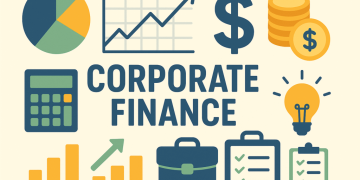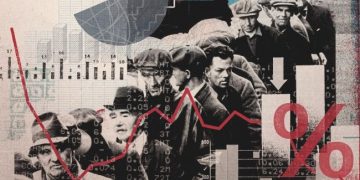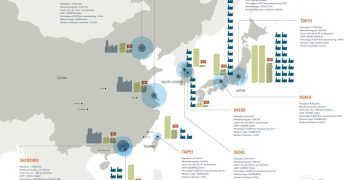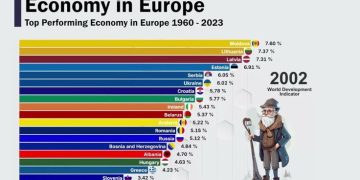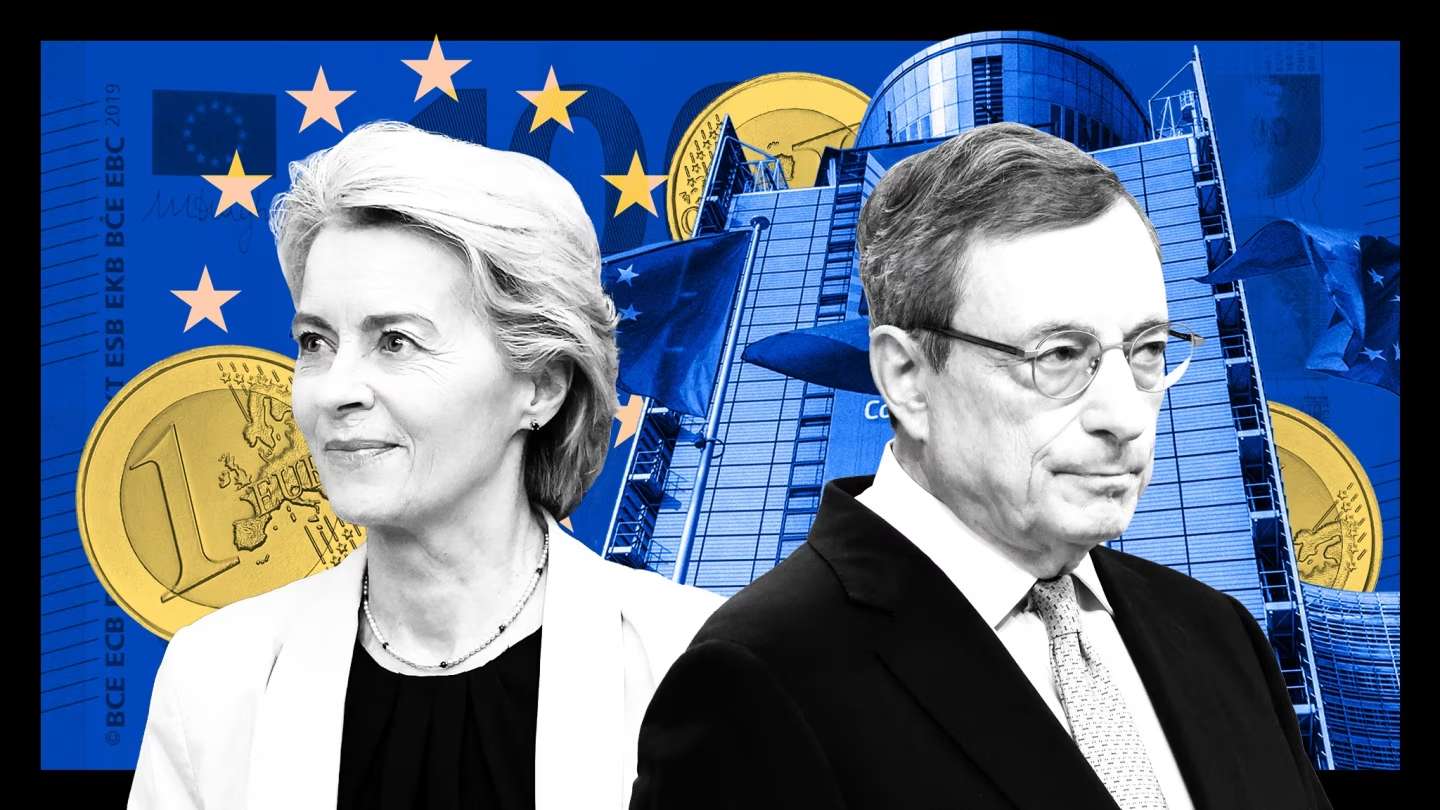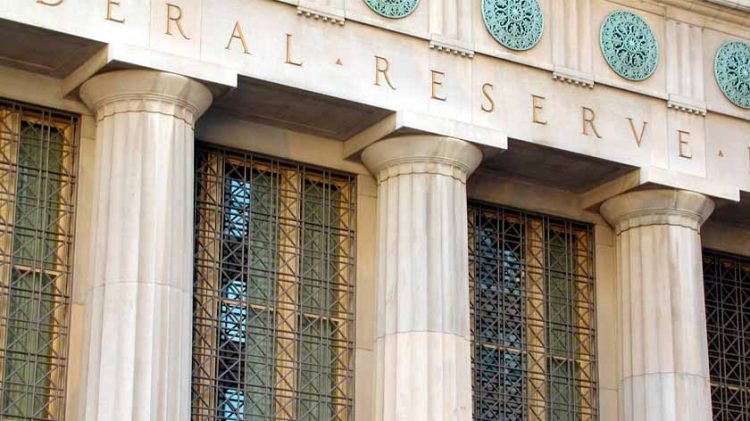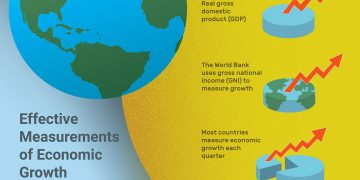The Federal Reserve’s monetary policy has been one of the most closely watched forces shaping financial markets in recent years. After a prolonged period of historically low interest rates and aggressive quantitative easing, the Fed began raising rates to combat elevated inflation. However, the question looming over investors today is: What happens if the Fed decides to hike rates again? How will bond markets respond, and how will risk be repriced across different fixed-income sectors? This analysis delves deep into the mechanics, implications, and strategic considerations of a renewed Fed tightening cycle on bond markets.
Understanding the Bond Market and Interest Rate Dynamics
At its core, the bond market is fundamentally influenced by interest rate changes. Bond prices and yields move inversely: when rates rise, bond prices fall, and vice versa. The Federal Reserve’s benchmark policy rate directly influences short-term interest rates and indirectly shapes longer-term yields through expectations of future economic growth and inflation.
When the Fed increases rates, several interrelated dynamics occur:
- Higher borrowing costs: For issuers, especially corporates and emerging markets, increased rates translate to more expensive debt servicing.
- Increased discount rates: Future cash flows from bonds are discounted at higher rates, lowering the present value of fixed coupon payments.
- Shift in investor preferences: Higher yields on new issues attract capital away from existing lower-yield bonds, pressuring their prices.
These factors collectively drive a repricing of risk across the bond market.
Impact on Different Segments of the Bond Market
1. U.S. Treasuries: The Benchmark for Risk-Free Debt
U.S. Treasury securities, often considered the baseline “risk-free” asset class, are the primary instrument through which Fed policy impacts fixed income. An additional rate hike would likely push Treasury yields higher, especially at the short to intermediate maturities most sensitive to policy shifts.
- Yield Curve Dynamics: A renewed hiking cycle often steepens the short end of the yield curve, reflecting rising Fed funds rates. However, long-term yields might react differently depending on growth and inflation expectations. If investors anticipate slower growth or a potential recession, the curve could flatten or even invert, signaling caution.
- Volatility: Treasury markets may experience increased volatility as traders adjust positions rapidly in response to Fed signals and economic data.
- Flight to Safety vs. Risk Repricing: Even with higher yields, Treasuries remain a haven in times of uncertainty, sometimes drawing flows that temper price declines despite rate hikes.
2. Investment-Grade Corporate Bonds
Investment-grade (IG) corporates are generally sensitive to changes in interest rates and credit conditions. The repricing effect of Fed hikes on this sector includes:
- Spread Widening: As rates rise, the cost of borrowing increases, pressuring corporate balance sheets, especially those with higher leverage. Investors demand wider credit spreads to compensate for perceived risk.
- Earnings Impact: Higher interest expenses may weigh on corporate profitability, particularly in sectors with thin margins or high debt loads.
- Sector Variability: Defensive sectors like utilities and consumer staples may fare better, while cyclical industries such as industrials or real estate could be more vulnerable.
- Liquidity Considerations: Rising rates may also affect market liquidity, as some investors reduce exposure to riskier assets.
3. High-Yield Bonds: Increased Default Risk
High-yield or “junk” bonds are especially vulnerable during Fed tightening phases because:
- Elevated Borrowing Costs: Many high-yield issuers operate with substantial debt; increased rates heighten refinancing risk.
- Economic Sensitivity: A slowing economy exacerbated by rate hikes can increase default probabilities.
- Volatility: High-yield spreads tend to widen sharply as investors become more risk-averse.
- Investor Sentiment: These bonds often face outflows during risk-off environments, further pressuring prices.
4. Emerging Market Debt
Emerging market (EM) debt is acutely sensitive to Fed rate movements because:
- Currency Pressure: Higher U.S. rates tend to strengthen the dollar, increasing debt servicing costs for EM issuers borrowing in dollars.
- Capital Flight: Rising yields in developed markets can cause capital to flow out of emerging economies, worsening liquidity conditions.
- Sovereign and Corporate Risk: Political instability combined with economic strain from higher borrowing costs can widen spreads.
- Divergence Among Countries: EM countries with stronger fundamentals and fiscal discipline may weather hikes better than those with vulnerabilities.
Repricing Risk: From Yields to Credit Spreads
The overall repricing of risk involves not just rising nominal yields but also widening credit spreads—the premium investors demand over risk-free rates for bearing credit risk. In a rising rate environment:
- Credit spreads typically widen, reflecting increased default risk and economic uncertainty.
- Duration risk becomes more pronounced, especially for long-term bonds, as higher discount rates reduce price sensitivity.
- Liquidity premiums may rise, particularly for lower-rated or less frequently traded bonds.
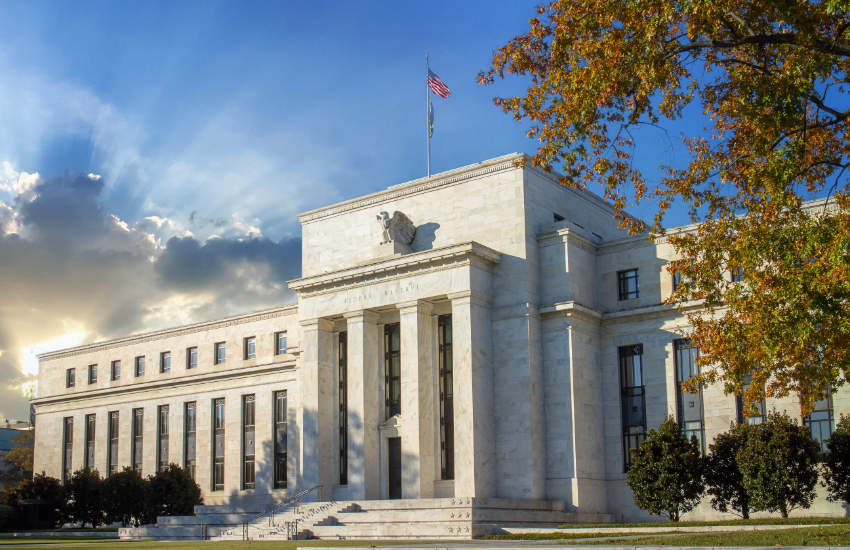
The Role of Inflation Expectations
Inflation expectations play a crucial role in bond market repricing. If the Fed hikes rates in response to persistent inflation, bond investors will adjust nominal yields upward to compensate for expected erosion in purchasing power. Inflation-protected securities (like TIPS) often see their breakeven inflation rates fluctuate as investors reassess inflation outlooks.
Investor Sentiment and Market Psychology
Monetary policy is not just a mechanical adjustment; it profoundly affects investor psychology. Markets react to Fed communications, economic data releases, and geopolitical events, all of which can amplify or dampen the effects of rate hikes.
- Expectations Management: Transparent Fed guidance can moderate market shocks, allowing investors to price in hikes gradually.
- Volatility Spikes: Unexpected policy moves or economic surprises can trigger rapid repricing and heightened volatility.
- Risk Appetite Shifts: Rising rates may shift investor preference from growth-oriented to value or defensive assets.
Strategic Considerations for Fixed-Income Investors
In the face of potential Fed rate hikes, investors must recalibrate strategies to manage risk and seize opportunities:
- Shorten Duration: Reducing exposure to long-duration bonds lowers sensitivity to rising yields.
- Increase Credit Quality: Favor higher-rated corporates to reduce default risk.
- Diversify Across Regions and Sectors: Geographic and sector diversification mitigate localized risks.
- Consider Floating-Rate or Short-Term Instruments: These securities adjust quickly to rate changes, preserving principal value.
- Include Inflation-Protected Bonds: TIPS and similar instruments offer a hedge against inflation surprises.
- Monitor Economic Indicators: Stay alert to labor market data, inflation trends, and Fed communications.
Conclusion: A Complex Repricing Ahead
If the Federal Reserve opts to raise interest rates again, bond markets will undergo significant repricing. The move will reverberate through government bonds, corporate credit, high-yield debt, and emerging market securities, reflecting evolving economic realities and shifting risk perceptions.
While higher rates generally translate into lower bond prices and wider credit spreads, the degree and duration of repricing depend on factors including inflation trajectories, growth prospects, and Fed communication strategies. For investors, navigating this environment requires a balance of risk management, tactical agility, and deep fundamental analysis.
In essence, a renewed Fed hiking cycle signals not just higher rates but a comprehensive recalibration of risk—an environment where disciplined portfolio construction and dynamic response to macroeconomic signals become more critical than ever.






